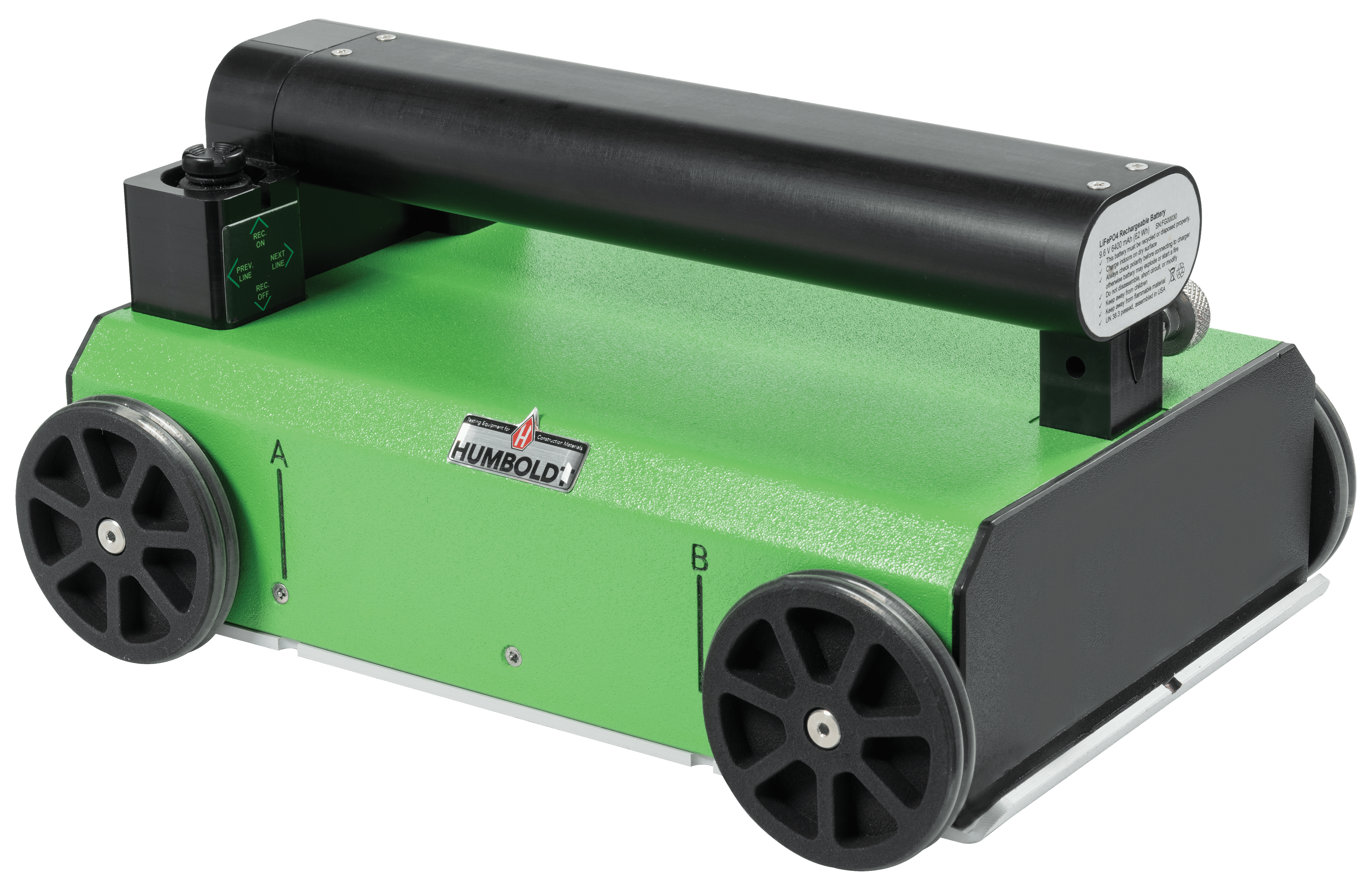Regional RainierGPR Service Areas for Precision Concrete Scanning
Regional RainierGPR Service Areas for Precision Concrete Scanning
Blog Article
Concrete Scanning: A Vital Step Towards Guaranteeing Architectural Integrity and Safety
In the realm of construction and infrastructure upkeep, the significance of concrete scanning can not be overstated. This meticulous procedure holds the vital to revealing potential dangers concealed underneath the surface area of relatively solid structures. By using sophisticated modern technology and techniques, concrete scanning functions as an essential device in making certain that the integrity and safety of bridges and buildings are supported to the highest standards. Nonetheless, beyond its surface-level effects, the duty of concrete scanning prolongs far much deeper than meets the eye.
Value of Concrete Scanning
Concrete scanning plays an important role in guaranteeing the structural honesty and security of structures and infrastructure jobs. By utilizing innovative technologies such as ground-penetrating radar (GPR) and electro-magnetic induction, professionals can non-destructively examine concrete frameworks to discover possible defects, voids, ingrained objects, and support format. This process enables very early discovery of anomalies that might endanger the security of a structure, protecting against costly damages and guaranteeing the safety of residents.
Prior to boring, cutting, or coring into concrete, scanning assists identify the precise locations of rebar, post-tension cords, and various other ingrained elements, lowering the danger of unintentional hits that could lead to structural weak points. Furthermore, concrete scanning help in top quality control by validating the thickness of concrete covers and discovering any kind of discrepancies that might impact the general durability of the structure.
Innovation for Concrete Inspection

Benefits of Early Discovery
Timely discovery of architectural problems can significantly mitigate dangers and ensure the long life of building and construction jobs. By determining potential problems at an early stage in the building and construction procedure, stakeholders can take aggressive measures to address issues before they intensify right into bigger and much more expensive issues. Among the vital benefits of early detection is the prevention of architectural failures, which can position significant safety dangers and lead to task hold-ups and economic losses.
In addition, very early detection enables for prompt repair services and upkeep, which can assist extend the lifespan of the framework. By addressing concerns without delay, building teams can avoid pricey fixings or perhaps the need for early substitute of structural components. This aggressive approach not only saves money and time however also improves the general safety and resilience of the construction project.
Furthermore, early discovery can enhance project preparation and decision-making by giving stakeholders with useful understandings into the condition of the structure. Equipped with this information, task supervisors can make informed selections relating to building timelines, methods, and materials, bring about a lot more efficient and effective job results.
Ensuring Structural Security
Guaranteeing the architectural stability of a building task is critical to its safety and security and durability. Concrete scanning plays a critical role in ensuring architectural stability by finding possible concerns such as gaps, delamination, or support corrosion that could compromise the integrity of the structure over time.
By utilizing sophisticated scanning innovations like ground-penetrating radar (GPR) and electro-magnetic induction, building and construction specialists can non-invasively inspect concrete structures to determine areas of issue beneath the surface. This positive strategy permits the early discovery of flaws or weaknesses, allowing prompt repairs or support to protect against architectural failings.
Regular concrete scanning during various building and construction stages and throughout the life process of see here a structure can help maintain its security, minimize dangers, and ensure the safety of occupants. By prioritizing structural security through concrete scanning, building and construction jobs can enhance their resilience and longevity, eventually adding to greater safety and security and durability.

Avoiding Critical Failures
To secure against disastrous occasions, careful tracking and aggressive upkeep are important in avoiding important failures within structural structures. Discovering possible concerns before they rise is vital to stop structural failures. Carrying out regular examinations, such as concrete scanning, can disclose surprise defects like gaps, fractures, or corrosion that might compromise the stability of a framework. By utilizing innovative scanning modern technologies like Ground Penetrating Radar (GPR) or Concrete X-ray, designers can non-destructively examine the problem of concrete and identify powerlessness that require reinforcement or repair service - RainierGPR Service Areas.

Final Thought
Finally, concrete scanning plays an essential duty in ensuring structural stability and safety and security by using innovative technology for early discovery of potential issues. This aggressive approach helps prevent critical failings and ensures the security of frameworks. It is important to prioritize concrete evaluation as a conventional method to protect the durability and security of structures and facilities.
Concrete scanning plays a vital duty in making sure the architectural stability and safety of buildings and infrastructure tasks. Additionally, concrete scanning aids in top quality control by confirming the thickness of concrete covers and spotting any disparities that might impact the overall resilience of the structure. Concrete scanning plays an essential duty in making sure architectural stability by detecting prospective problems such as gaps, delamination, or support corrosion that could endanger the honesty of the structure over time.

In final thought, see this here concrete scanning plays a vital duty in ensuring structural integrity and safety and security by utilizing advanced technology for very early detection of visit their website prospective problems.
Report this page